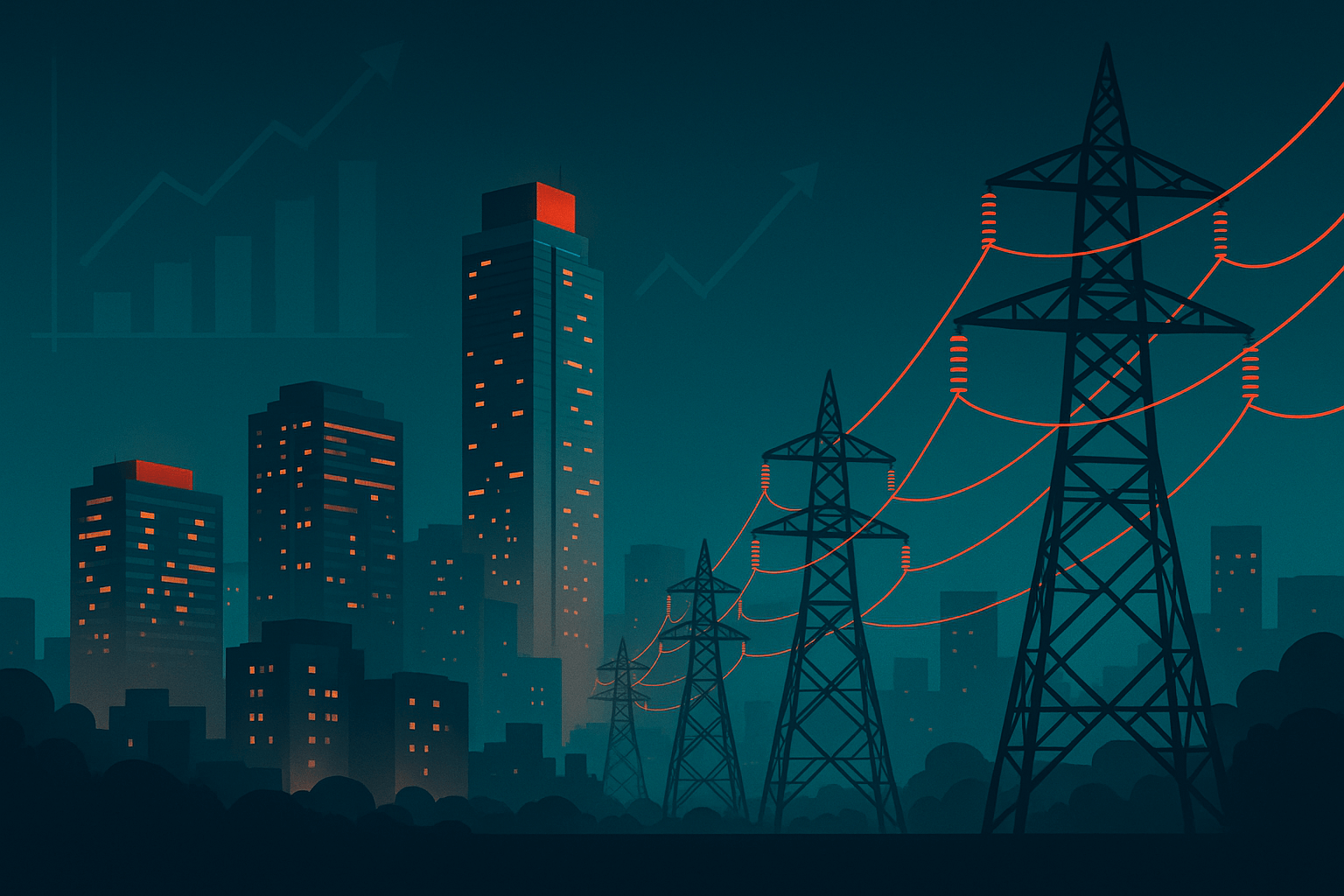
K-Electric FY24 Earnings: Profit, Revenue, and What It Means for Karachi’s Power Sector
Key Takeaways
-
K-Electric returned to profit in FY24, reporting a profit after tax (PAT) of PKR 4.13 billion, versus losses last year (Daily Times).
-
Fleet efficiency improved with the addition of the 900 MW BQPS-III plant, KE achieved gross efficiency of ~49.5% (HHV) (Aaj News).
-
Maximum dispatch in FY24 reached 3,550 MW, with transformation capacity rising to 7,095 MVA.
-
Recovery ratio slipped slightly (from 92.8% to 91.5%), while AT&C losses increased by 1.8% points (Aaj News).
Executive Summary
In FY24 (ending June 30, 2024), K-Electric (KE) reported a modest but significant turnaround: a profit after tax of PKR 4.13 billion, reversing losses in FY23. Despite challenges like high inflation, circular debt, and operational inefficiencies, KE’s strategic upgrades including the Bin Qasim Power Station-III (BQPS-III) and stronger grid interconnections boosted performance.
For Karachi’s consumers and Pakistan’s energy sector, this signals cautious optimism: improved reliability, efficiency, and financial stability. Yet, risks such as theft, fuel price volatility, and regulatory uncertainties remain.
Financial Highlights. At a Glance
| Metric | FY24 | FY23 | Change |
| Profit After Tax | PKR 4.13B | Loss | Turnaround |
| ROE | 3.56% | Negative | Positive growth |
| Fleet Efficiency | 49.5% HHV | Lower | Boosted by BQPS-III |
| Recovery Ratio | 91.5% | 92.8% | Decline |
| AT&C Losses | +1.8% | Lower | Rising theft & defaults |
👉 For deeper insights, you can explore KE’s official investor results page and the Pakistan Stock Exchange filings.
Operational Performance & Drivers
Addition of BQPS-III & Efficiency Gains
The commissioning of the 900 MW BQPS-III significantly boosted generation efficiency, raising fleet efficiency to ~49.5% (HHV). This efficiency milestone helps KE reduce reliance on costly, older plants.
Transmission & Distribution Expansion
-
New 40 MVA transformers were installed at Dhabeji-2, DHA-4, and Korangi East, raising overall transformation capacity to 7,095 MVA.
-
Interconnections with the National Grid allowed KE to draw ~2,000 MW, enhancing Karachi’s energy security.
👉 See also our analysis on Pakistan’s power grid interconnection challenges for a broader context.
Recovery & Losses
While revenues rose, collection challenges weighed on KE. The recovery ratio slipped, and AT&C losses rose due to theft and non-payment. KE conducted ~30,000 anti-theft drives, removing 350,000 kg of illegal wires (MM News).
Why KE Returned to Profit
-
Generation efficiency gains from BQPS-III.
-
Stronger interconnections with the national grid, reducing system vulnerability.
-
Operational restructuring and targeted anti-theft initiatives.
-
Revenue growth from higher demand and tariff adjustments.
Impact on Karachi & Pakistan’s Energy Sector
-
Short-term relief: With max dispatch at 3,550 MW, KE is better equipped to meet Karachi’s demand.
-
Policy implications: NEPRA’s oversight on tariffs and fuel adjustments will determine how these improvements affect consumer bills. Learn more about how NEPRA regulates tariffs in Pakistan.
-
Sector relevance: KE’s progress mirrors the need for efficiency upgrades across Pakistan’s utilities.
Investor & Market Perspective
For investors, the return to profit is a relief, though margins are still slim.
-
Positive earnings per share (EPS) growth may hint at improved stability.
-
Dividend prospects remain uncertain until board approval, but profitability increases the chances.
For comparison, see our detailed review of energy stocks on PSX.
Risks & Headwinds
-
Fuel price volatility may spike generation costs.
-
Regulatory risk from delayed NEPRA tariff approvals.
-
Collection shortfalls due to inflation and rising consumer bills.
-
Circular debt exposure, common across Pakistan’s power sector.
Outlook for FY25
KE’s plans include:
-
Deploying 50,000 new low-cost meters to reduce theft.
-
Continued CAPEX investment in transmission and distribution.
-
Greater reliance on grid interconnections to stabilize supply.
Consumers may see more reliable supply, but affordability depends on NEPRA’s tariff decisions.
Conclusion
K-Electric’s FY24 results are a milestone: profitability after years of losses. With efficiency gains, infrastructure upgrades, and strategic interconnections, KE has strengthened its operational base. Yet, challenges in theft, regulatory approvals, and rising costs mean vigilance is still required. For consumers, investors, and policymakers, KE’s FY24 earnings offer cautious optimism — but the true test lies in sustaining and scaling these gains.



























